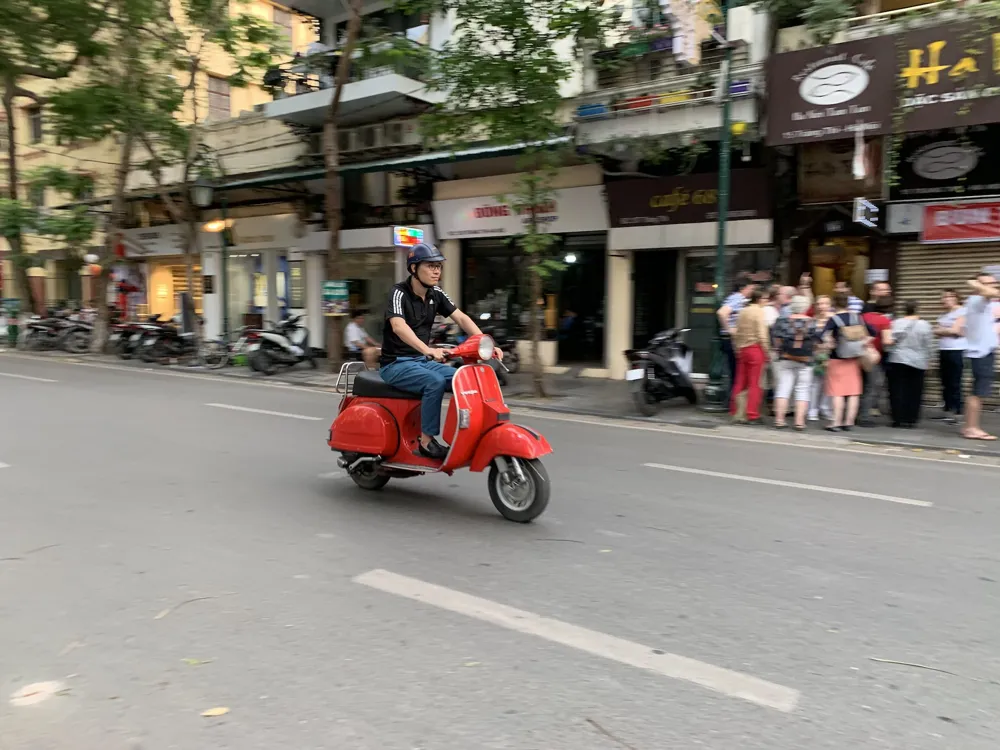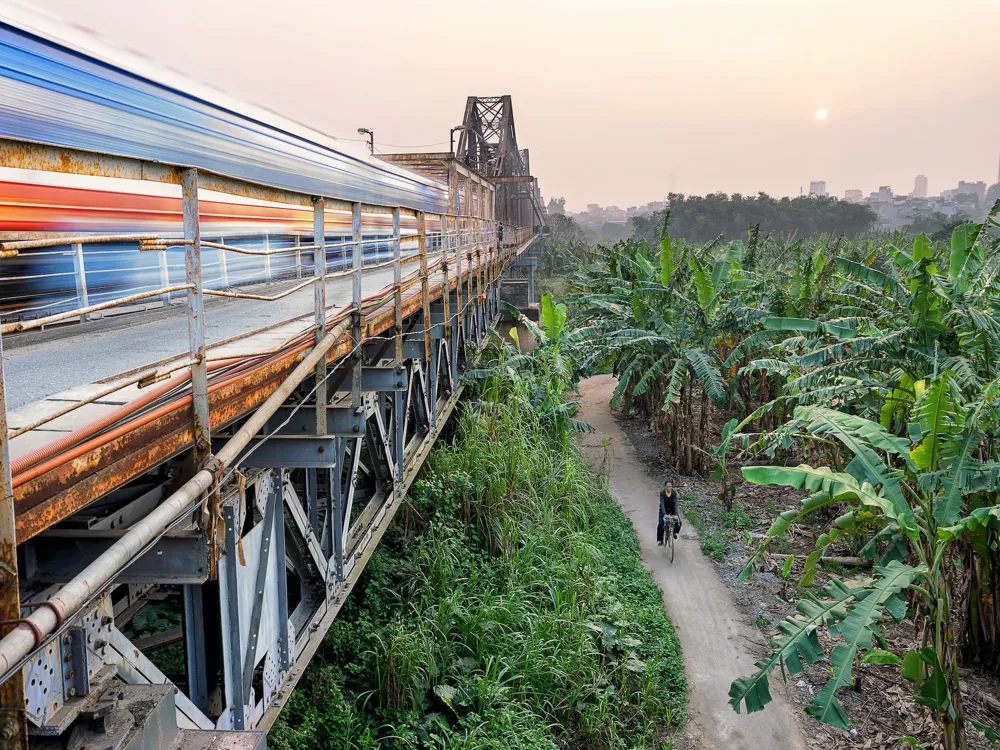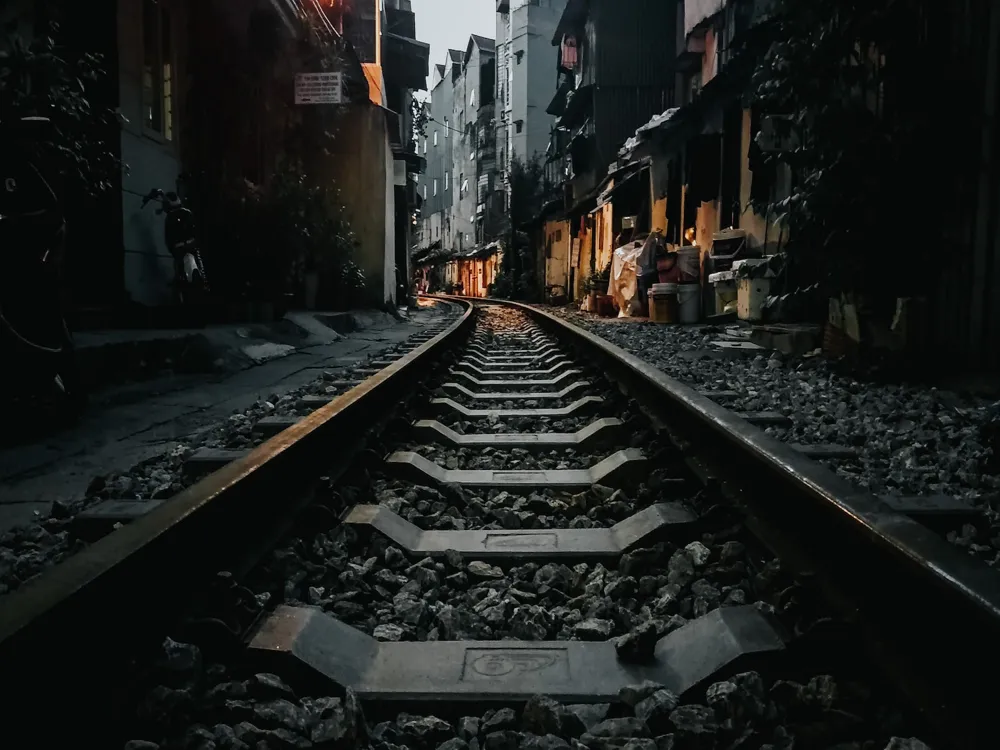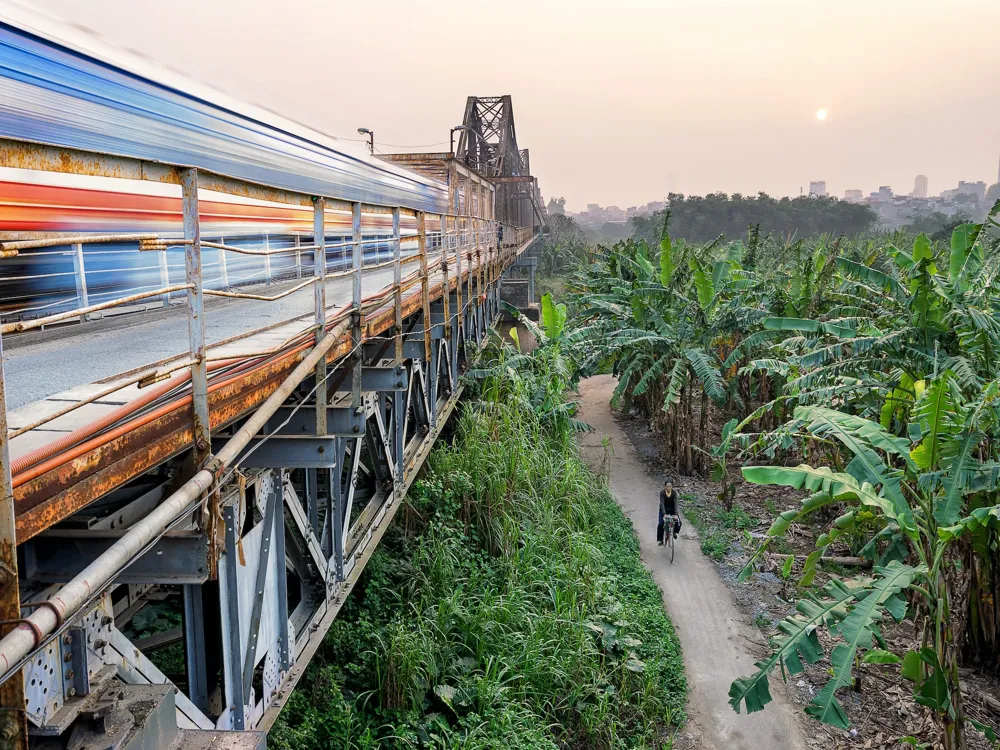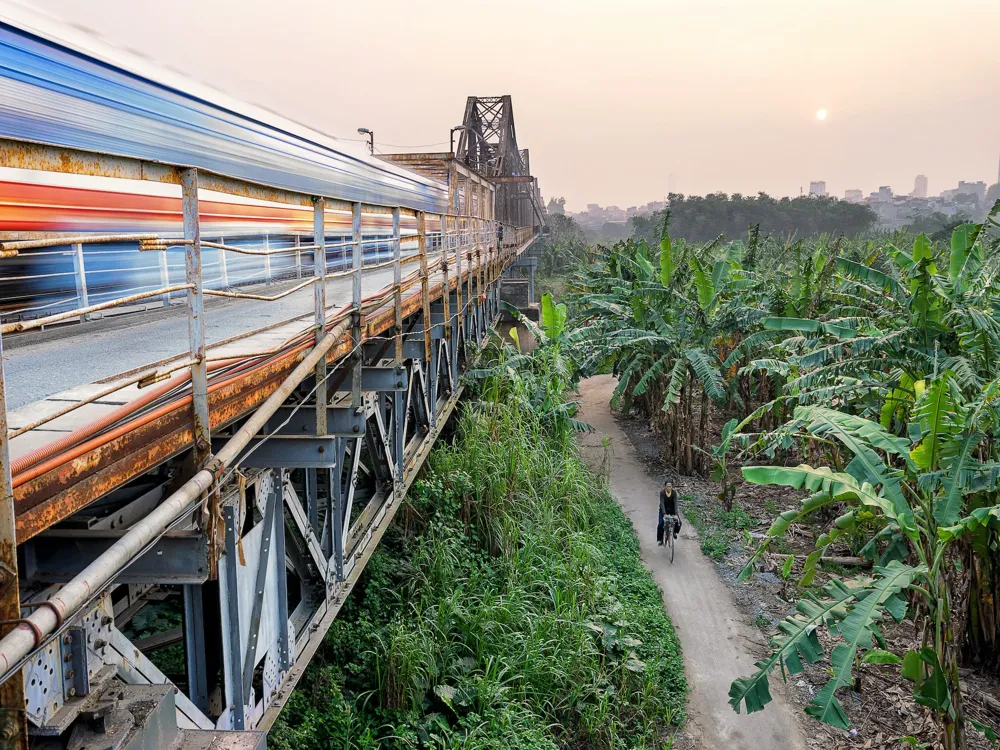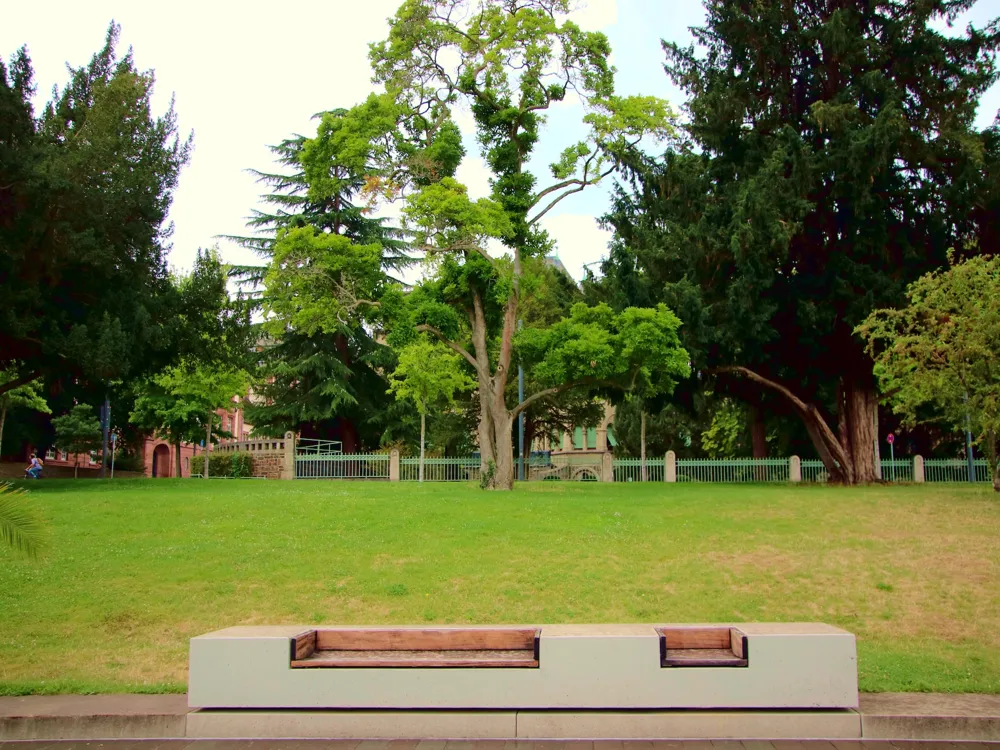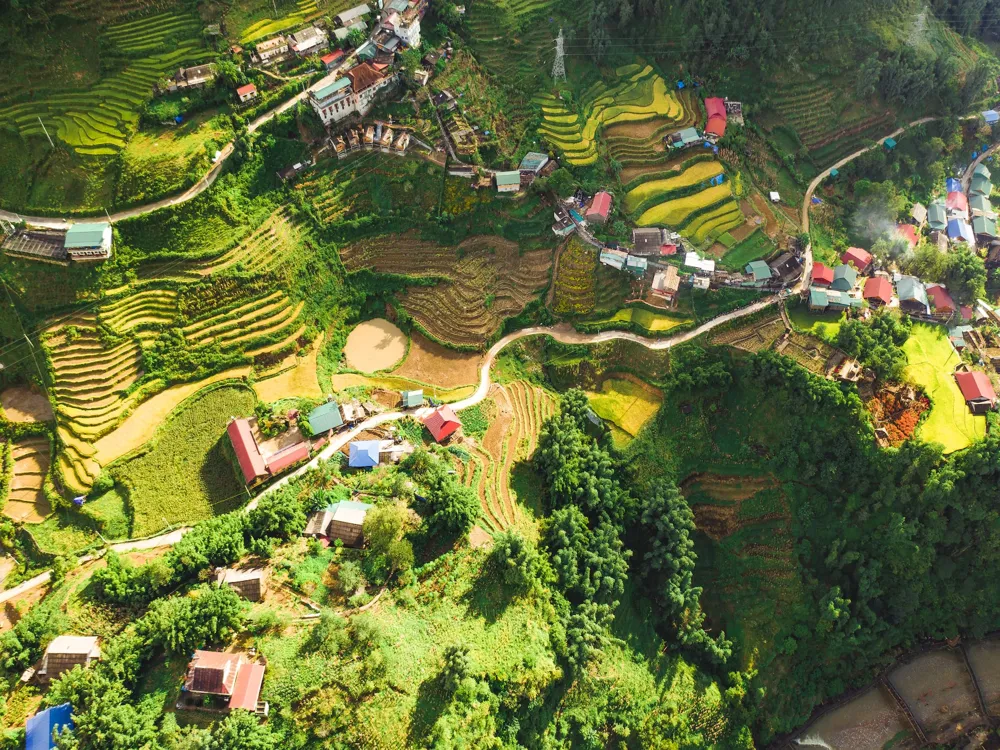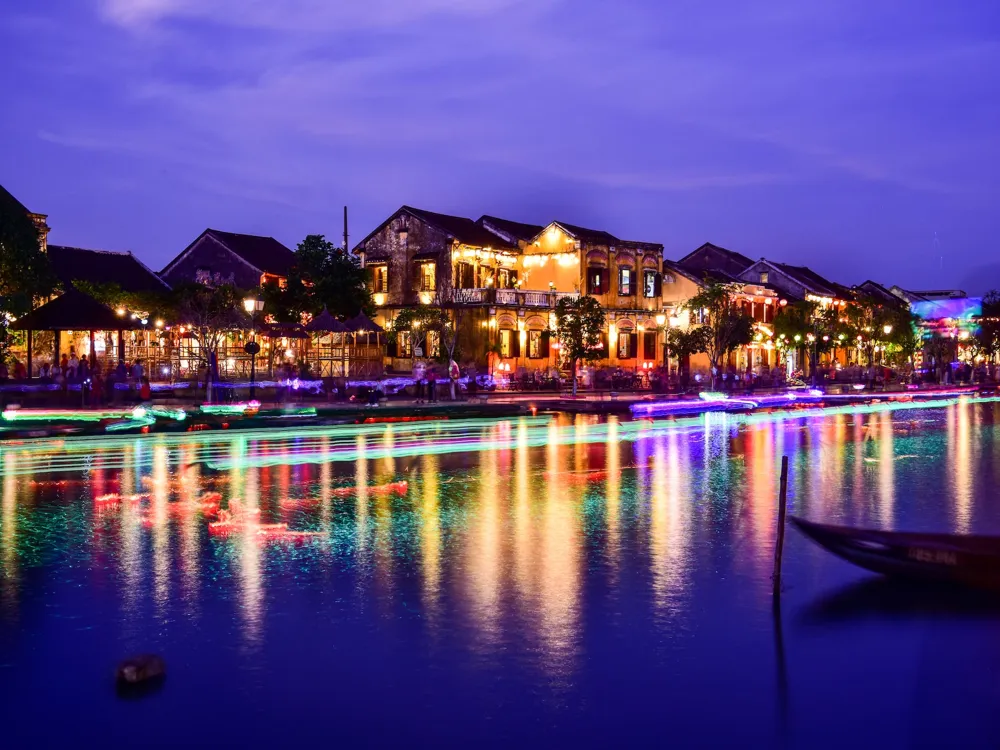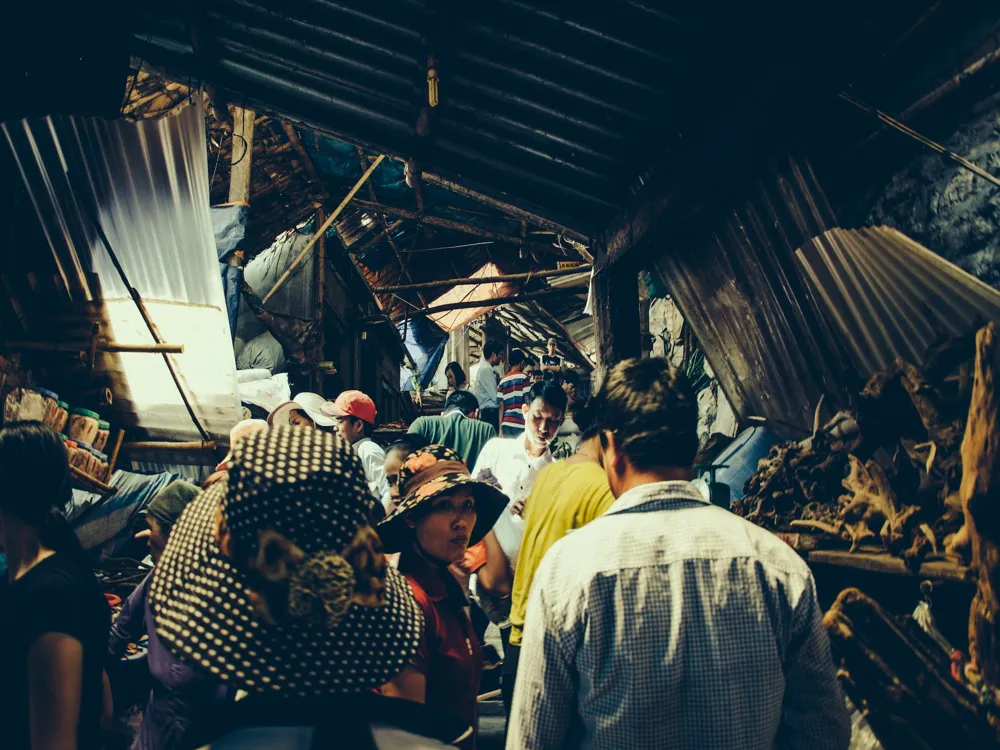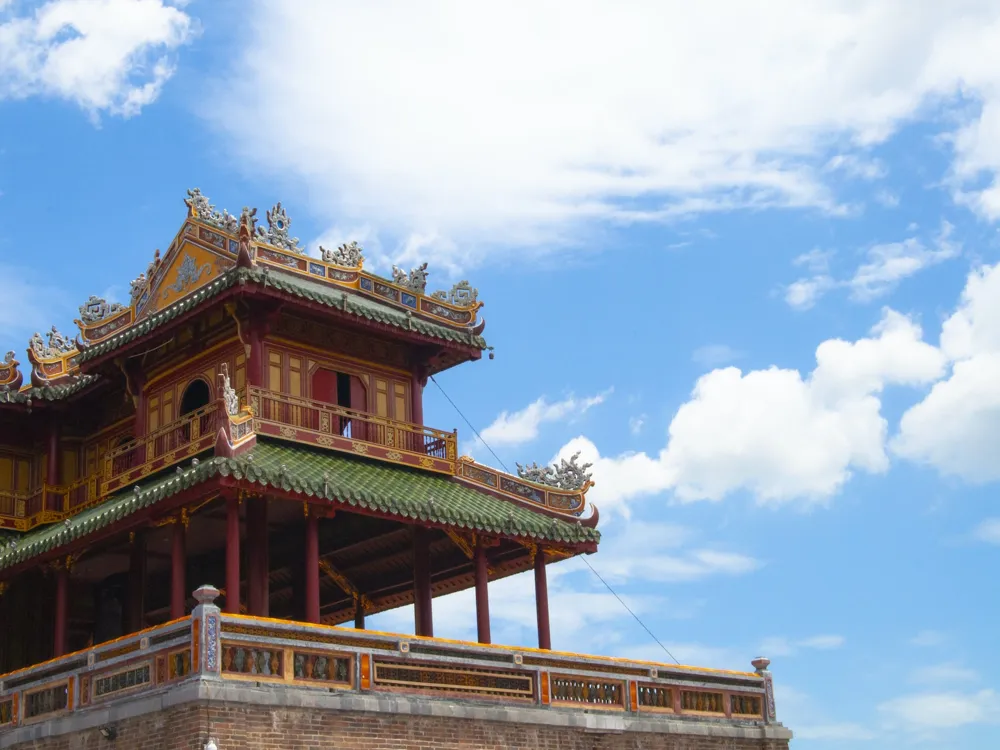Hanoi, the capital city of Vietnam, is a fascinating blend of East and West, combining traditional Sino-Vietnamese motifs with French flair. It's a city where the past coexists with the present; ancient temples, unique theaters, and old quarters sit alongside modern developments and bustling streets. As a cultural and political center of Vietnam, Hanoi is rich in history, with its origins dating back over a thousand years. The city's landscape is characterized by beautiful lakes, shaded boulevards, verdant public parks, and thriving markets, making it a sensory-rich destination.
Hanoi's heart is its Old Quarter, a fascinating network of narrow alleys and shop houses. Here, the lively and chaotic rhythm of life plays out against a backdrop of French colonial architecture, with a hint of Chinese influence. The city isn't just a place to see but to experience. The harmonious blend of Vietnamese traditions with French colonial heritage makes Hanoi a distinct place in Southeast Asia. The city is not only an artistic and cultural center but also a reflection of the complexities of Vietnamese identity. Hanoi's story is one of resilience, a city that has survived wars, colonization, and modernization, yet still retains its unique character and historic charm.
As a traveler in Hanoi, you will find a wealth of historical and cultural sites to explore. The Ho Chi Minh Mausoleum, the ancient Temple of Literature, and the iconic One Pillar Pagoda are just a few of the many landmarks. Besides historical sites, Hanoi's cuisine is a highlight. Street food in Hanoi is an integral part of its culture and offers an array of tastes and flavors, with dishes like Pho, Banh Mi, and Bun Cha being local favorites. The city's vibrant art scene, bustling markets, and lively street culture also contribute to its unique charm. In summary, Hanoi is a city that captivates with its extraordinary energy, rich history, and cultural diversity.
Hanoi's architecture is a testament to its historical and cultural layers, showcasing a diverse mix of indigenous Vietnamese, French colonial, and modern influences. The city's architectural tapestry tells the story of Hanoi, from its early days to its current status as a dynamic and rapidly developing city.
The Old Quarter, or '36 streets', is the historical heart of Hanoi. This area represents the ancient architectural style of Hanoi, where each street was associated with a specific trade. The shop houses here are narrow and deep, featuring traditional Vietnamese layouts combined with French colonial elements. Intricate facades, wooden balconies, and tiled roofs speak of the city's past. The area is not just an architectural relic but a living and breathing entity, full of vibrant markets and local eateries.
French colonial architecture in Hanoi is another significant element. During the French occupation, many parts of Hanoi were redesigned in the European style. Grand boulevards were laid out, and elegant buildings were constructed, many of which still stand today. The Hanoi Opera House and the State Bank of Vietnam building are prime examples of this style. These buildings feature classic French elements like columns, ornate balconies, and shuttered windows, painted in pastel hues.
Modern architecture in Hanoi is a reflection of its growth and development. New skyscrapers, shopping malls, and residential complexes are rising, transforming the city's skyline. These contemporary structures, often designed by both local and international architects, are integrating modern design principles with traditional Vietnamese elements. This blend illustrates Hanoi's evolution while respecting its historical and cultural roots.
Additionally, Hanoi's temples and pagodas showcase the spiritual and traditional aspects of Vietnamese architecture. The Temple of Literature, a Confucian temple, features classic Vietnamese design with courtyards, gates, and pavilions. The One Pillar Pagoda, another iconic structure, is renowned for its unique design, resembling a lotus flower emerging from the water.
The architecture of Hanoi is not merely about buildings and streets; it's about the stories and histories they represent. It's a visible narrative of the city's resilience, beauty, and continuous transformation, making Hanoi a captivating destination for architecture enthusiasts and cultural travelers alike.
Hanoi's culture is deeply rooted in Confucian and Buddhist values. Respect local customs and traditions, especially when visiting religious sites. Dress modestly, remove your shoes when required, and always ask for permission before taking photographs of people.
Hanoi's streets can be chaotic, with a mix of cars, motorbikes, and bicycles. Learn to cross streets confidently, and consider renting a bike or using ride-hailing apps for convenient travel around the city. Public buses are also available for budget-friendly transportation.
Hanoi is famous for its street food. Try local specialties like Pho, Bun Cha, and Egg Coffee. Always eat at busy stalls and restaurants, a sign of good food and hygiene. Street food tours are also a great way to explore the local culinary scene.
Hanoi experiences a hot summer with heavy rains and a cold winter. Pack accordingly, with light, breathable clothes for summer and warm layers for winter. Always carry an umbrella or raincoat during the rainy season.
Purchase a local SIM card for easy communication and access to maps and ride-hailing apps. Be aware of your belongings, especially in crowded places, to avoid pickpockets. Always have the address of your accommodation in Vietnamese for easy navigation.
Hanoi is accessible by air, road, and rail. The Noi Bai International Airport, located about 30 km from the city center, is the main gateway for international travelers. It has direct flights from major cities worldwide and is well-connected by taxi and shuttle bus services to the city.
For those traveling from within Vietnam or neighboring countries, road and rail options are plentiful. Hanoi is well-connected by a network of highways and has regular bus services from major Vietnamese cities. The train journey, especially from Ho Chi Minh City, is scenic and offers a unique way to see the Vietnamese countryside.
Once in Hanoi, getting around is easy with various transportation options. Taxis, motorbikes, cyclos (three-wheeled bicycle taxis), and public buses are available for convenient city travel. For a more authentic experience, walking or renting a bicycle is ideal for exploring the Old Quarter and other central areas.
Overview of Hanoi
Architecture of Hanoi
Tips When Visiting Hanoi
Understand the Local Culture and Customs
Navigate the City Like a Local
Indulge in the Local Cuisine
Be Prepared for the Weather
Stay Connected and Safe
How To Reach Hanoi
Vincom Mega Mall Royal City
Hanoi
₹ 15,260 onwards
View hanoi Packages
Weather :
Tags : Shopping
Timings : 9:00 AM - 10:00 PM
Time Required : 1 - 2 hours
Entry Fee : No Entry Fee, Ice Skating Rink: VND 231,950 per hour
Planning a Trip? Ask Your Question
Hanoi Travel Packages
View All Packages For Hanoi
Top Hotel Collections for Hanoi

Private Pool

Luxury Hotels

5-Star Hotels

Pet Friendly
Top Hotels Near Hanoi
Other Top Ranking Places In Hanoi
View All Places To Visit In hanoi
View hanoi Packages
Weather :
Tags : Shopping
Timings : 9:00 AM - 10:00 PM
Time Required : 1 - 2 hours
Entry Fee : No Entry Fee, Ice Skating Rink: VND 231,950 per hour
Planning a Trip? Ask Your Question
Hanoi Travel Packages
View All Packages For Hanoi
Top Hotel Collections for Hanoi

Private Pool

Luxury Hotels

5-Star Hotels

Pet Friendly







